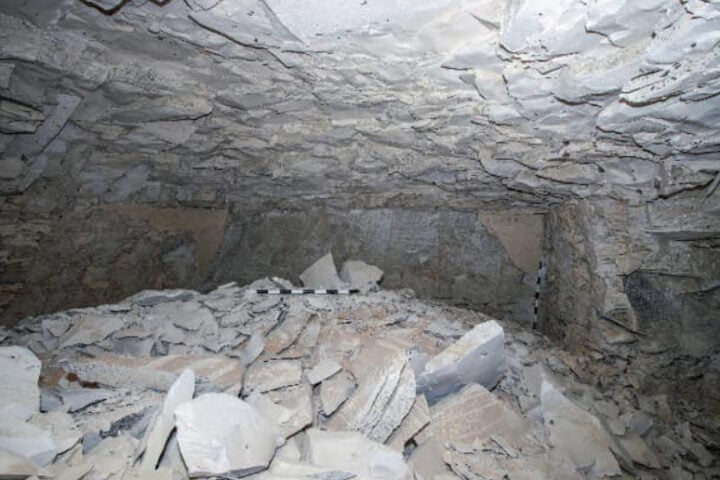The discovery of Yersinia pestis DNA in a 3,290-year-old Egyptian mummy at Italy’s Museo Egizio has provided the first molecular evidence of bubonic plague in Ancient Egypt. This discovery represents the oldest confirmed case of the plague outside Eurasia.
Scientific Analysis Reveals Advanced Disease State
Researchers identified Y. pestis DNA in the bone tissue and intestinal contents of the adult male mummy, indicating an advanced stage of infection at the time of death. Radiocarbon dating places the mummy at the end of the Second Intermediate Period or the beginning of the New Kingdom, though its exact provenance within Egypt remains unknown.
The research team employed shotgun metagenomics DNA testing, which tests unknown genetic material samples for any known biological organisms they may contain. “This is the first reported prehistoric Y. pestis genome outside Eurasia providing molecular evidence for the presence of plague in Ancient Egypt, although we cannot infer how widespread the disease was during this time,” the 12-person research team reported at the European Meeting of the Paleopathology Association.
Historical Context and Previous Evidence
The Ebers Papyrus, a medical text from approximately 3,500 years ago, had previously described symptoms matching the plague, noting a disease that “produced a bubo, and the pus has petrified.” In 2004, British archaeologists discovered fleas at an archaeological village in Amarna, where workers who built Tutankhamun’s tomb resided.
Transmission Theories
Research suggests the disease may have spread via fleas on Nile rats before transferring to black rats that traveled on ancient ships. Y. pestis typically transmits through flea bites, with rodents serving as the main carriers of the bacterium.
Scientific Methodology
The research combined several analytical approaches:
- Radiocarbon dating to establish the mummy’s age
- Shotgun metagenomics for initial pathogen identification
- Low coverage genome-wide data of both human host and Y. pestis pathogen
- Further processing focused on the Y. pestis DNA
Similar Posts
Disease Progression and Symptoms
When Y. pestis microbes infect a human host, they cause:
- The ravaging of the lymphatic system
- Swollen lymph nodes (buboes) in the groin, underarm, and neck
- Fever
- Chills
- Seizures
- Blood-tinged vomiting
- Internal bleeding
- Death in severe cases
Historical Impact
The plague caused three historically documented pandemics:
- The Plague of Justinian in the 6th century AD, affected the Mediterranean, Europe, and the Near East
- The Medieval Black Death in the 14th century, killed more than 20 million in Europe alone
- The outbreak in China and Mongolia in the mid-19th century
Current Research Implications
This discovery may challenge previous research from 2022 that suggested the bubonic plague spread to Europe via Silk Road traders. Researchers are now using the viral DNA map to explore how Y. pestis evolved and varied between its time in Ancient Egypt, the Middle Ages, and the modern day.


















